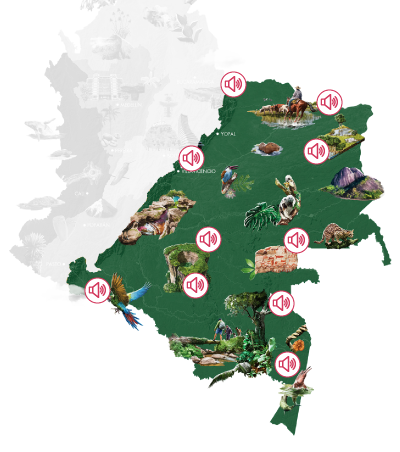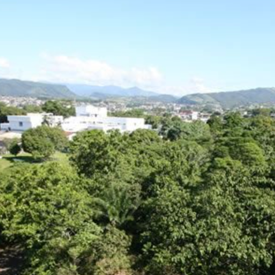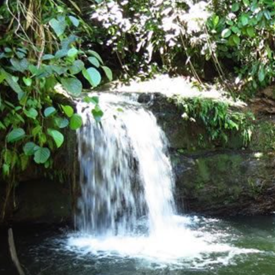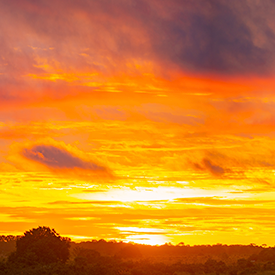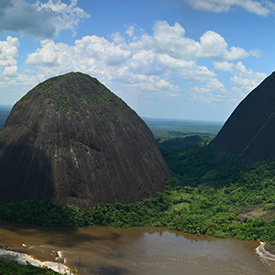Casanare, place of fauna, legends and history

Crédit: Julio Duarte
Photo Caption: Landscape of a sunset in the plains of Casanare
In the Casanare you’ll find a region rich in biodiversity of flora and fauna to interact with. Many tourist activities actually allow you to observe the wildlife of reptiles, amphibians, birds, chigüiros, pumas, otters, palm bears and even jaguars.
This is a region known for bird watching or 'birding' as it is known in the region. It is a great destination for lovers of ecotourism and professional or amateur photography.
Llanera Culture
The llanero's work is full of great stories and feats. They offer tours on horseback or ecological walks where you learn and observe closely the work of the peasant in the plain. In addition, their intense relationship with nature and livestock has inspired his music that always describes their landscapes, herds, farms, rivers and experiences.
Organic Coffe from Casanare
Over the years, the department of Casanare has promoted, with greater force, a culture around traditional and organic coffee. Thanks to this, local brands and tourist attractions have emerged where you can have a complete experience, from the planting process and preparation, to the tasting of this staple.
Llanera Gatronomy in Casanare
The meat a la llanera is undoubtedly a characteristic dish of the department of Casanare; chigüiro, mamona, pork and fish accompanied by topocho and cassava are essential dishes when it comes to knowing this beautiful land through its flavors.
Highlight: Download the magazine about the department of Casanare and enjoy a new and incomparable experience.
Llanero herds
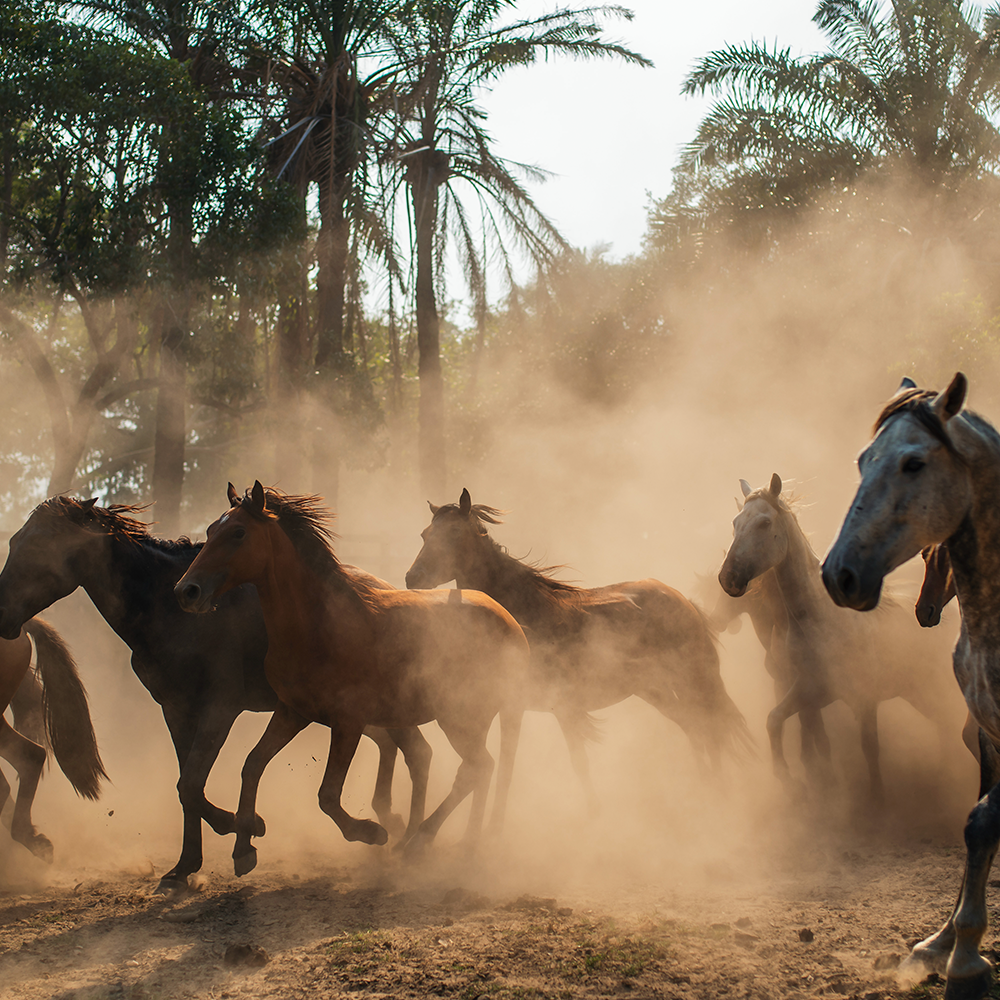
Credit: Braian Moreno
Photo caption: A sample of the beauty and majesty of the ganadería in the Casanare.
The tasks that the llanero has done during his life in the herds have built stories, and stories that are part of the tradition that has allowed for the creation of rites of protection and well-known legends such as the Bwave of fire and the Silbón.
For the llanero it is not important an excessive clothing, however, you can’t miss the use of the hat, poncho and boots as fundamental elements for the development of their daily activities. These elements have begun to be marketed to other regions of the country and abroad.
Among the tourist attractions, the liberating route stands out, protagonist in the independence of Colombia; this is the case of the municipality of Pore, where the road to the Batalla de Boyacáwas undertaken, recognized as a historical heritage of the nation.
Festivities of Folklore Llanero
The joropo is introduced into the process of teaching children, which allows their traditions to remain firm until today, such as, for example, the interpretation of the bandola, a musical instrument symbol of the department.
The most important festivals are:
- The Festival Internacional del Rodeo de Tauramena, an event that has more than 40 versions held in the company of great folklorists and the participation of guest artists who decorate this wonderful event.
- Festival of La Bandola de Man í town of Casanare, considered sanctuary of the joropo, which receives more than 20 thousand visitors s every January 6 to celebrate its patron saint festivities.
- Festival Cimarrón de Oro, Pcultural heritage of Colombia, which takes place in mid-December. This is a festival of the most representative of the folklore and feeling of the llanero. In it takes place the international tournament of strong voice and counterpoint.
Learn more about the culture of Casanare through its handicrafts
The elaboration of handicrafts includes objects made of leather, cacho, bone, wood and natural fibers. The campechana is traditional as it is a chinchorro or hammock made of leather that reinforces the relationship of the llanero with livestock.



